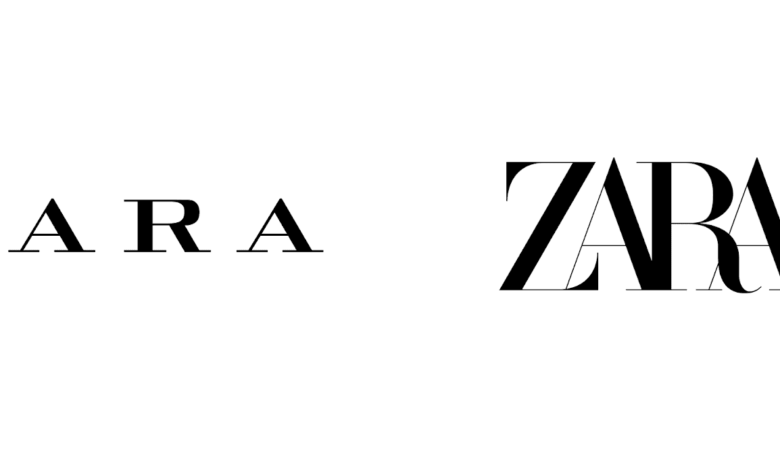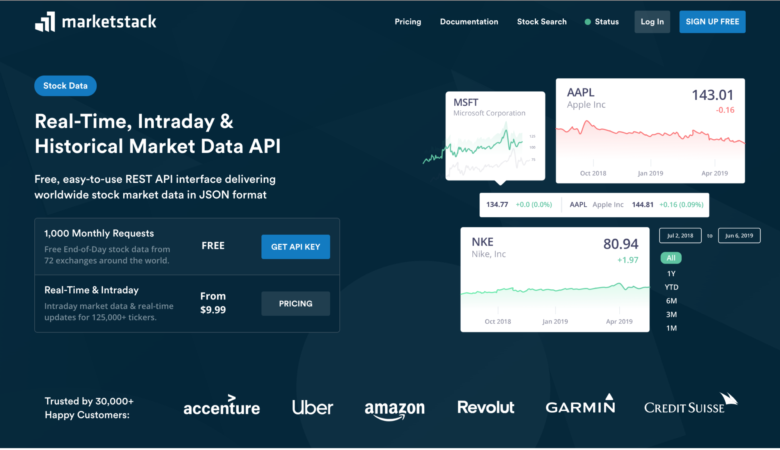It can be a bummer when you’re stuck in a freelancing rut. Anybody who has worked this field will understand the grief of struggling to finish project deadlines in time. Often the work quality will suffer along with the accompanied mental fatigue. Rushing to the finish line will additionally put a huge strain on your creativity!
But there are some techniques you can follow to alleviate a bit of the stress. Notably you’ll want to keep yourself organized and on-task throughout the day. Following a type of schedule is great for keeping plans in motion – but this often isn’t enough!
Check out some of my tips below for building on freelance deadlines. Both web designers and developers will follow this path and it helps to understand the management side. Client work can be very rewarding and nicely fills into a portfolio. But you have to pace yourself and not get caught up in the super-fine details!
Hold Perfectionism at Bay
As artists we all scrutinize our work to the nth degree. This is usually a sign of strong will and careful attention to detail. But there is certainly a line to be crossed where you’re wasting time trying to perfect an already great piece of work.
Try to become objective to your projects and think about things from a higher perspective. Don’t spend an extra couple of hours on a new feature you just thought about on-a-whim. You should try to adhering to a set of standards and move on once at a certain point. The work needs to be completed at some point!
As you continue trying to perfect designs you’ll spend more and more time analyzing, and much less time actually finishing the work. The best mindset is to realize you are on a strict time frame and desensitize the work itself. Without getting your personal feelings involved it just leaves the client’s opinion and your design skills in the mix.
Defining Allocated Tasks
One of the best techniques is situating specific tasks one at a time. For example, once you wake up and get online you may begin with a typical routine. Check e-mail, social networks, etc. It’s best to keep these types of activities set aside for early morning/later evening and break periods.
I tend to sit down and work best when I can focus at 100% for a few hours. Not everybody can follow this dynamic, so taking a 15 minute break every hour or two is necessary. But don’t let yourself get distracted by e-mail and websites every 20 or 30 minutes. You’ll never get any real work done and feel quite unaccomplished when evening comes around.
Plan a Daily List
It can be difficult to predict how much work you’ll finish in a day. Especially because you can’t read the future to plan for possible interruptions. But you can get a realistic idea for how much you could finish, then work from there.
The best part about building a tasks list is that it’s not set in stone. If you cannot complete something today it’ll likely be waiting for you tomorrow. Completing even just a few objectives every day can give you a new-found sense of accomplishment!
But I know many freelancers who fall into a self-defeating system with expectations a little too intense. If you set yourself up to complete an enormous amount of work in a day then fail to do so, it can really bring down your mood. Because of this it’s much simpler to plan for less and finish the day completing more than you thought. It gives your spirits an extra boost of confidence and a positive outlook going into the next day.
Now if you can grip multiple freelance projects every month you may end up very busy. A small to-do list isn’t always the best solution. If you’ve never scheduled work on a calendar it’s worth a shot to see how you feel on such a routine.
Break Down Complex Projects
When you design a tasks list the goal is to keep your attention focused on specific work. If you setup the list full of complicated activities it’s unlikely you’ll have much to check off at the end of each day.
I enjoy creating sub-lists of my daily tasks which involve small yet important steps. This amount of scrutiny isn’t always necessary, but on larger projects it’s almost mandatory to keep myself attentive. The action of checking off tasks as you complete them feels very rewarding and attaches a level of commitment. It can also take up a lot of extra time – so keep this in mind.
It’s important not to force yourself into an uncomfortable position where the work quality suffers. Spend one morning writing out a few tasks and follow along throughout the day. If you feel breaking down any tasks into smaller lists would help just give it a go! I find the best way to adapt into a new routine is to just start doing it immediately. Most likely uncomfortable at first, you may end up pleasantly surprised under a new freelance schedule.
Detail Monthly Project Work
Depending on your attitude it may be worthwhile to plan out a week or even month’s work in advance. Through a physical desk calendar or a digital alternative such as Google Calendar it’s very simple to schedule out a daily routine.
You can even lineup tasks set in hourly intervals to plan out larger projects at hand. But if you don’t feel like going into such detail, just a rough sketch of your upcoming week is always handy. You don’t want to end up forgetting some important items or project deadlines. Whether you stick to digital or paper is completely your call – but it is truly a good idea to have some form of record keeping.
Setup Reward Times
With the constant day-in day-out mentality freelancing can be grueling at times. This is why you need to have rewards at the end of each work session. It’s important not to break your time limits and stick to getting things done for the day. But when it’s quitting time you have to remove yourself from “work mode” to enjoy your life.
Any type of reward system will work, and the activities vary between each person. Some enjoy watching TV, playing video games, surfing the web, exercising, or just hanging out with friends/family. However you split up leisure time should be focused on your personal needs. Just make sure to keep these two different modes(work & leisure) separated from each other.
You may even consider implementing a 2-3 day no work period each month. This could be a time where you refuse to do any work, no e-mails, nothing you don’t want to do! As long as you stay ahead of projects and continue to pay the bills there should be no stress with this kind of schedule. You could also mimic the typical 5-day working period with weekends to relax.
Conclusion
I hope these ideas can be helpful to freelancers all over the globe. It’s a tough job to follow up with web design/development and keeping focused on a single project can feel miserable at times. But just remember whatever your end goal may be – money, experience, references – and make this your ultimate focus.
In due time you’ll learn the ins-and-outs of a daily routine and slowly adapt. This is not a weekly transition and will take some time! So don’t get discouraged with yourself if deadlines are becoming all too much of a burden. It only takes a bit of practice and some real work time spent over a keyboard. If you have similar ideas or thoughts on working freelance design let us know in the post discussion area.











Good points..Nice articles.. Important for every designer. Thanks
Breaking projects down into manageable chunks is key to using your time wisely!
Great article! very interesting to read and you will learned something after you are done reading the entire article.
Helpful to those who are working with more than one clients and projects.
“Hold Perfectionism at Bay” My biggest weak point hands down.
Afraid I don’t agree with the daily list as this can easily allow scope creep. For a project I prioritise once – at the start of sprint. It goes in an ordered list and I start at the top and work down. If a client wants to add something mid-sprint negotiations start!!
Key for me though is to have clear time boundaries in the day. If I commit to work on a client’s project next Thursday that’s when I work one it. Not today or tomorrow as that means something else may have to give way.
Sounds harsh – but aggressive time management and self-disclipine ensures I deliver consistently high quality work, and that my clients understand the obligations placed on them as part of the process.
“Hold perfectionism at bay”….. that’s a great point. Tom I agree with you all the way I have the same problem. I always struggle with trying to be contempt with my work. I find myself always re-doing projects because deep down I know I can do better. When dealing with deadlines though sometimes you don’t get that opportunity! Great article!
You forgot ‘Avoid Procrastination’.
OK. These hints may be helpful to newbies but the number one reason that projects get derailed from the timeline is because clients are unable to make decisions in time. This requires being extremely clear with clients about expectations. It’s best to manage the client’s expectations during the project kickoff meeting. That way all stakeholders are aware of their responsibilities and know who is accountable for what. I also include a timeline with milestones and accountability assignments in the contract. That way clients can negotiate changes before the project begins.
Having worked as a freelancer for a number of years I totally agree with these points. Really loved the bold statement “hold perfectionism at bay”. That was probably the hardest thing for me to do.
Great work Jake, keep it up – https://usabilitygeek.com
Justin
I thought Susan made an interesting point. I completely agree with the tips listed here, but factoring in delays from clients has to be considered as well.
We’ve had so many projects that could have been done weeks earlier if the client had provided us with everything we needed.
This has been a very enlightening read for me. I am looking to start working in freelance web design in the near future, and some of these points are things that I am certainly going to need to learn about. Perfectionism has always been a weakness of mine, as well as being interrupted by Facebook and emails and the like.